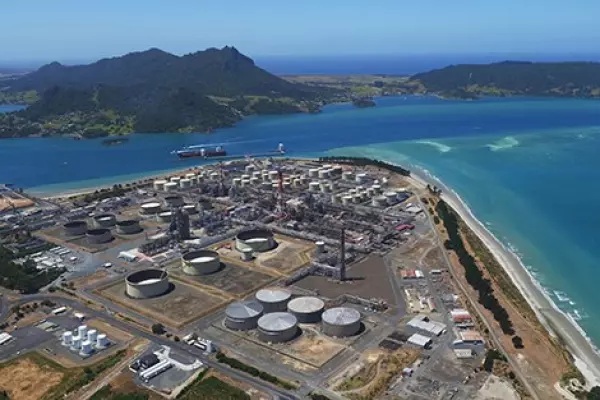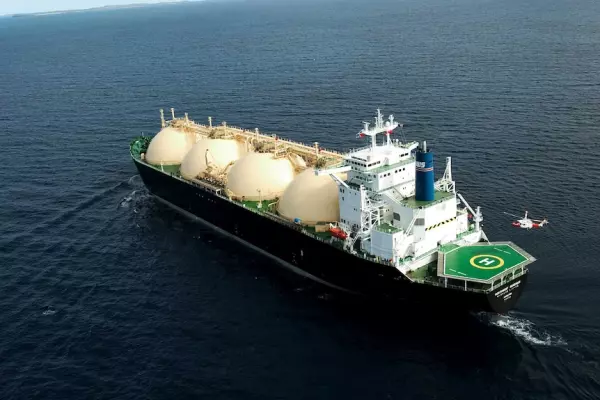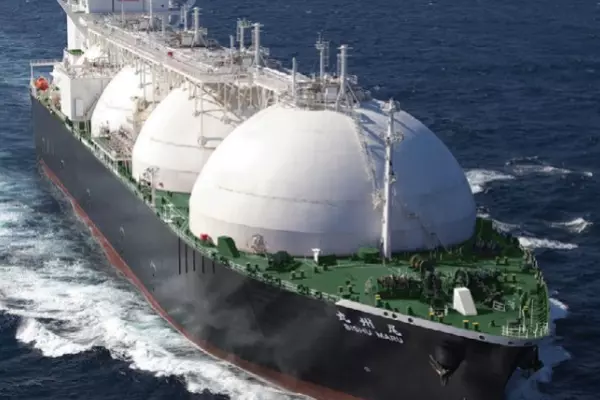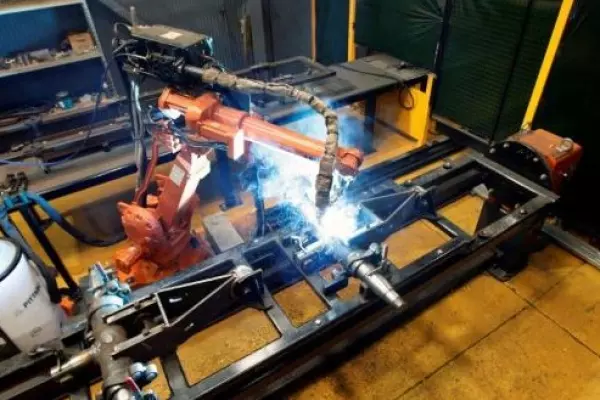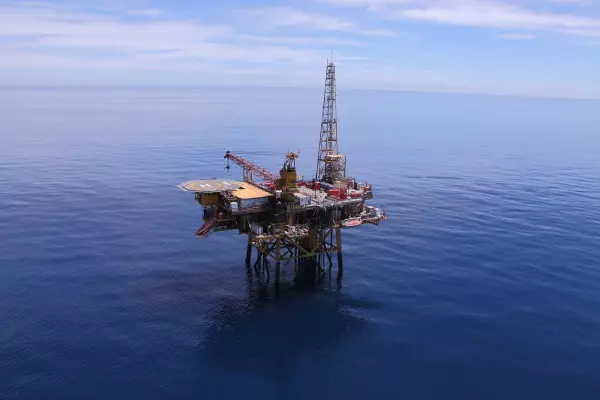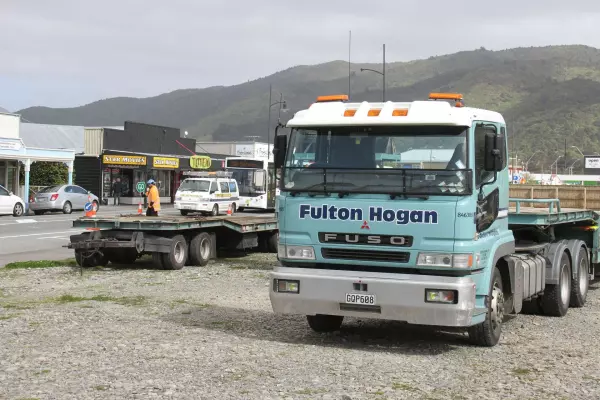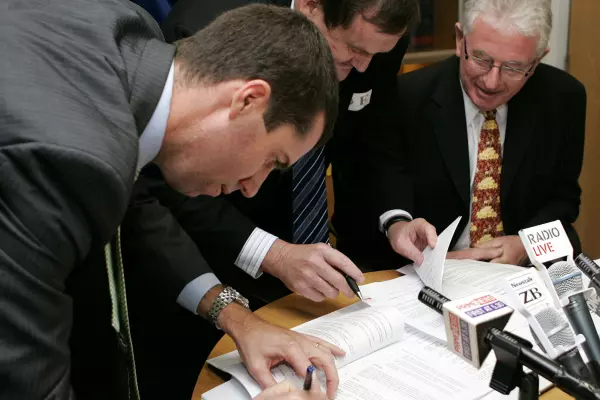Offer Tiwai transmission discount now - Meridian

Changes to electricity transmission rules need to be implemented now to show Rio Tinto that its Tiwai Point aluminium smelter will be treated fairly in the future, Meridian Energy says.
A discount mechanism for large users being proposed by the Electricity Authority would be of real assistance to the smelter, the country’s biggest power user, Meridian chief executive Neal Barclay told investors today.
The potential transmission savings for the smelter could be large, he said. But even with lower energy prices being offered by Meridian and Contact Energy, they would still be a long way short of the cost reduction Rio Tinto had been seeking as it reviews the future of the 48-year-old New Zealand Aluminium Smelters business, he said.
“This could be very helpful for NZAS, as there are very few people, if any, who argue that NZAS is not paying too much for transmission,” Barclay said, adding that the smelter had effectively been subsidising the transmission costs of homes and businesses for years.
“This prudent discount mechanism needs to be introduced to code immediately to give the smelter owners confidence they will get a fairer deal in the future. We just can’t see why it can’t be done.”
The London-based mining giant owns 79.4 percent of the smelter near Bluff, which is struggling amid low metal prices and rising and volatile raw material costs. It is a major exporter and employs close to 1,000 staff and contractors.
Rio is seeking similar power cost reductions at its operations in Australia, and recently placed a smelter in Iceland under similar review. The outcome of the New Zealand review is expected by the end of March.
Rio Tinto has been in talks with Meridian – its current power supplier – and the government, seeking a cheaper delivered energy cost to keep the plant competitive.
Tiwai makes some of the world’s lowest-carbon aluminium and is also one of only two smelters in the world that can make ultra-high purity metal.
But Rio says buyers aren’t yet paying enough of a premium for its low-carbon output to ensure its viability long-term. It is operating in a sector where newer and larger smelters are more energy efficient and usually enjoy steeply discounted power prices or have their own generation.
Meridian is the country’s biggest generator and supplies the smelter from its dams on the South Island. The smelter closure, or any reduction in capacity, would depress wholesale power prices, potentially for years.
Meridian approached the country’s other generators last year about ways to reduce the smelter’s energy costs. Contact, which currently provides back-up supplies to Meridian, agreed to offer more volume at a lower price. Others did not.
“There has been little interest from sector, so we think the NZAS offer is probably not as strong as we think it could or should have been,” Barclay said.
The smelter had been seeking a one-third reduction in the combined cost of power and its transmission.
That was “totally unrealistic and we’ve told them that right from the outset,” Barclay told BusinessDesk.
“But they’ve been belting on about it for a while now. That’s why I’m just trying to indicate that what we see as sensible may not align with what the ultimate decision-makers may think, and they are probably based in Canada rather than New Zealand.”
Barclay observed that Tiwai appears to be cash flow positive, but is operating within a much larger portfolio of Rio Tinto assets. Rio has a clutch of smelters in Canada that also use hydro-power and are low-carbon producers. It owns the dams that supply those plants.
“Having met some of the senior Rio Tinto executives, I get the distinct impression they don’t understand our nation’s free-market and non-protectionist approach for large industrials,” Barclay said.
The New Zealand operations “don’t enjoy the same level of sovereign support as elsewhere.”
Barclay said Meridian’s revised offer is priced at the firm’s “point of indifference.” It has made offers for the current 622 megawatts of load and a reduction to 450 MW, should Rio Tinto opt to mothball one of the site’s four potlines which is approaching a $60 million to $80 million refurbishment.
Those offers won’t be agreed without a “significant increase” in the 12-months’ notice Rio is currently required to give on any reduction of load at the smelter, or its closure, he said.
Should “Smexit” occur, Barclay said the company has plans to start selling the extra capacity it would be left with. Work is already underway to start increasing the transmission capacity out of the lower South Island and that could be complete in 2022.
Given the uncertainty around the smelter, Meridian has deferred any decisions about the company’s long-term capital return programme until the middle of the year.
A decision on the 160 MW Harapaki wind farm the company plans north-west of Napier will also be made then.
The project, previously known as Maungaharuru, was delayed while the company sought changes to its consents so it could increase the size of the 41 turbines to take advantage of larger, more efficient machines.
Barclay said the project is probably economic now. Even if the smelter were to close, the project could still proceed, he said, given it will be connected to Transpower’s 220-kilovolt transmission link through to Contact’s Wairakei geothermal field near Taupo.
That puts it north of transmission constraints the firm expects would develop in the lower North Island should the smelter close and more cheap South Island hydro generation is delivered north. Power prices below that constraint would generally be lower.
Comments



